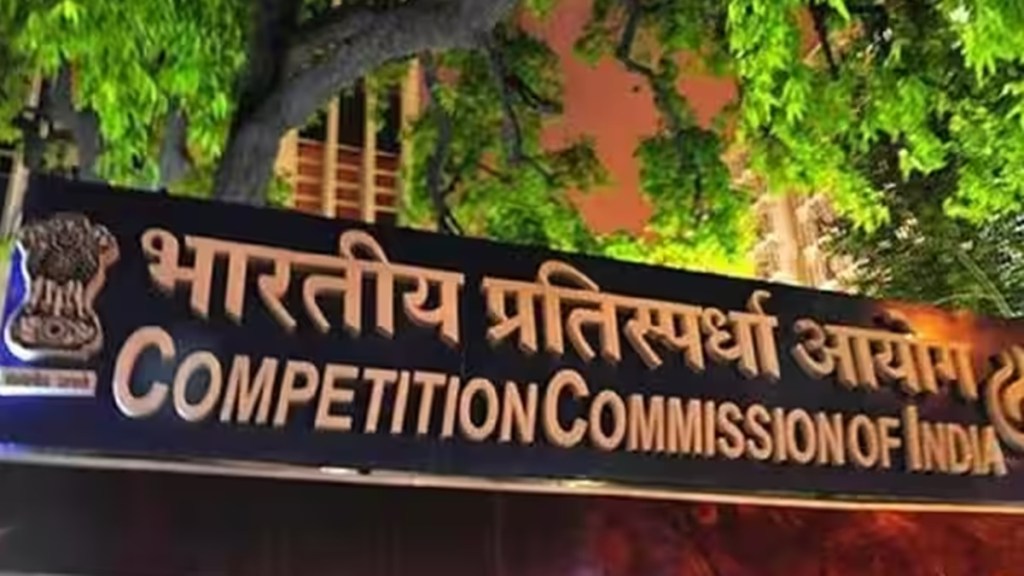The unveiling of draft guidelines by the Competition Commission of India to bring high-profile global merger and acquisitions, particularly in the technology and digital space, under regulatory purview, is a timely step towards modernising competition laws. Though the final rules will be notified after the deadline for stakeholder feedback ends, it is clear that global transactions will come under regulatory scrutiny even if they lack significant assets or turnover in India. The guidelines also provide a level playing field between domestic and global transactions in the tech and digital space. For instance, in 2014, Facebook (now Meta) acquired popular messaging platform, WhatsApp, for a staggering $19.3 billion. Since neither of the two firms had any significant assets or turnover in India, the deal did not require the approval of CCI. Both the firms, however had significant market power in terms of subscriber base in the country.
Quite in contrast, if an Indian telecom service provider eyes an M&A deal with another such firm, it will have to either acquire 100% or less than 10% as per the cross-holding norms for the sector. Even in the case of merger, the market share of the merged entity cannot be more than 50%. Similar guidelines are in place for spectrum holding in different bands. Such M&A norms have been put in place to check monopolies as they would be against consumer interest. However, global firms escaped such scrutiny in the absence of proper norms.
To address the imbalance that existed between domestic players and global firms, CCI had, earlier this year, made amendments to the Competition Act by setting a Rs 2,000-crore threshold for deals that would require its approval. The aim was to address high-value offshore digital transactions as they often did not involve substantial assets or turnovers. Since many digital M&As will continue to lack significant assets or turnovers in India, the competition watchdog has now further fine-tuned the same by bringing in the concept of significant business operations (SBO). To determine the same in India, the draft guidelines have outlined three key criteria: number of users, subscribers, customers, or visitors; gross merchandise value; and turnover. If any of these criterion exceed 10% of the global figures in the 12 months preceding the relevant date, the transaction will be considered to have SBO in India, and the same will have to be reported to the CCI.
Since in the tech and digital space, it is the global firms which have market power in terms of either turnover, subscribers, or GMV, once the rules come into effect, monopolies in this space are expected to get checked. The regulator has done well by defining the criteria in advance so that litigations do not start post-facto, with complainants approaching it with grievances as was the case in Google’s Android matter. The framing of the guidelines is also important due to the rapid emergence of several domestic digital ventures, which face unfair competition as big tech firms often act as gatekeepers. Thus, the guidelines are quite balanced—promoting innovation by putting in place some basic regulations. However, as the changes would require global M&As to be reported to CCI, the latter needs to beef up its manpower to ensure that such cases are disposed off in a timely manner. This is important because in recent times, certain cases could not be decided on time as the regulator lacked quorum.


